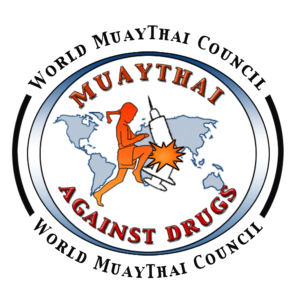A general misunderstanding is that SAFEs are standardized. Although YCombinator, the seed accelerator that created SAFEs, publishes standardized versions of the agreements on its site, these documents can and are modified by issuers. A lawyer is best placed to verify the SAFE in order to inform the investor of the effects of the specific document, such as: (1) the conditions of conversion, including the amount and conditions of conversion and the likelihood of such conversion; (2) the company`s buy-back rights and the company`s possible ability to prevent the conversion of the stake in exchange for the takeover of SAFE from the investor; (3) any rights of dissolution in the event of bankruptcy of the company before the conversion; and (4) the voting rights, if any, granted to the investor. Unlike convertible bonds, there is no deadline for conversion, which gives the company enormous flexibility as to when to a true capital cycle. There is no obligation for the company to repay the investment or guarantee that the investor benefits from equity. The investment shall be converted into equity if, and only, the trigger for the conversion of the SAFE is obtained on the basis of subsequent qualified financing from the company. The startup (or any other company) and the investor enter into an agreement. They trade things like: safe investors take most, if not all, of the risk, because there is no guarantee of participation in the company. An investor exchanges cash for the hope that a transformation event will occur. In addition to the absence of an evaluation requirement, such as.B. Convertible bonds, the terms of the SAFE agreement may contain valuation caps and share price discounts in order to offer crowdfunding fund (CF) investors a lower price per share than venture capital (VC) investors or subsequent acquirers at that liquidity event. This is fair, because previous investors take more risks than later investors by pursuing the same equity. In addition to the negative reasons why a SAFE investor might never receive equity in the company (e.g.
B if the company goes bankrupt before proceeding with qualified financing), if the company is doing exceptionally well and never has to make financing that meets the conversion trigger threshold, a SAFE investor can never receive equity in the most successful start-ups, which are able to finance themselves. A SAFE is not investor-friendly and may be the least „safe“ investment instrument available to an early-stage investor. Without certainty that an investment will ever be converted into equity or returned, investors should carefully consider whether their investment decision falls under situations where the use of a SAFE can be useful for an investor. Y Combinator, a well-known technology accelerator, created the SAFE rating (simple agreement for future equity) in 2013 and uses it to fund most of the Seed phase startups participating in its three-month development meetings. Since 2005, Y Combinator has funded more than 1,000 startups, including Dropbox, Reddit, WePay, Airbnb, and Instacart. Historically, most start-ups have been financed either by the supply of equity or by loans in the form of convertible bonds. However, some hybrid instruments have recently been put in place to finance start-ups. The most notable and today very popular is the use of an instrument called SAFE….











